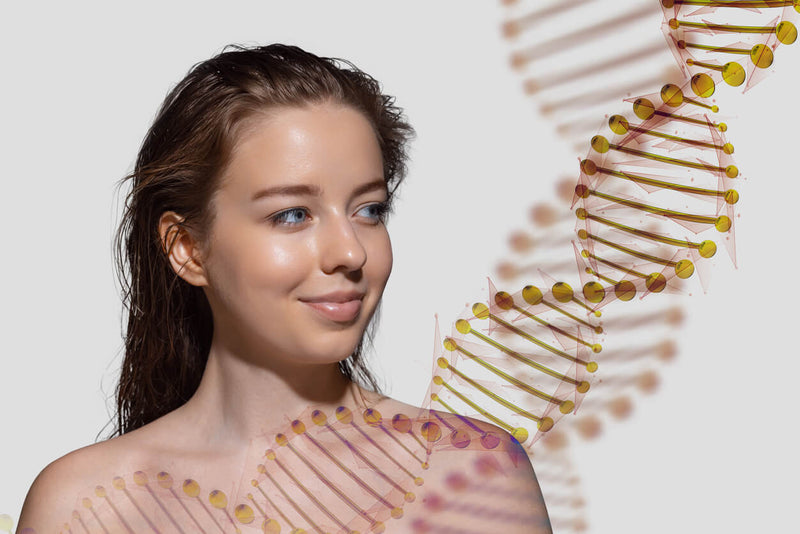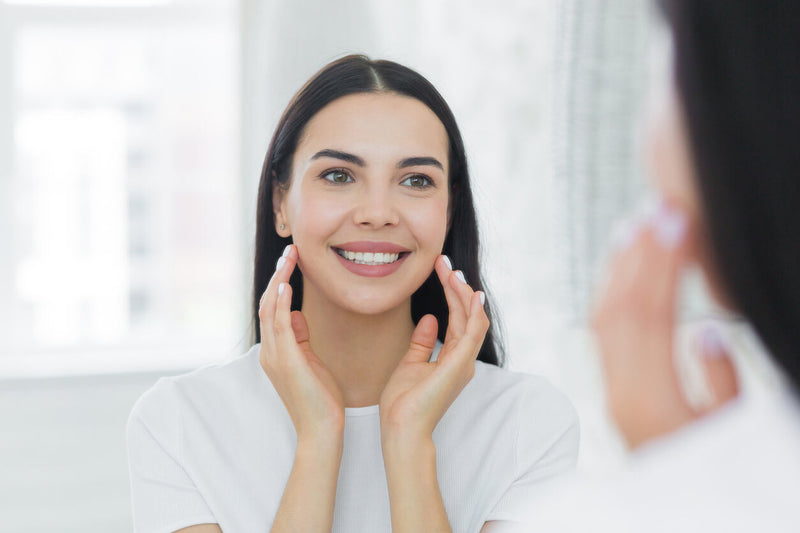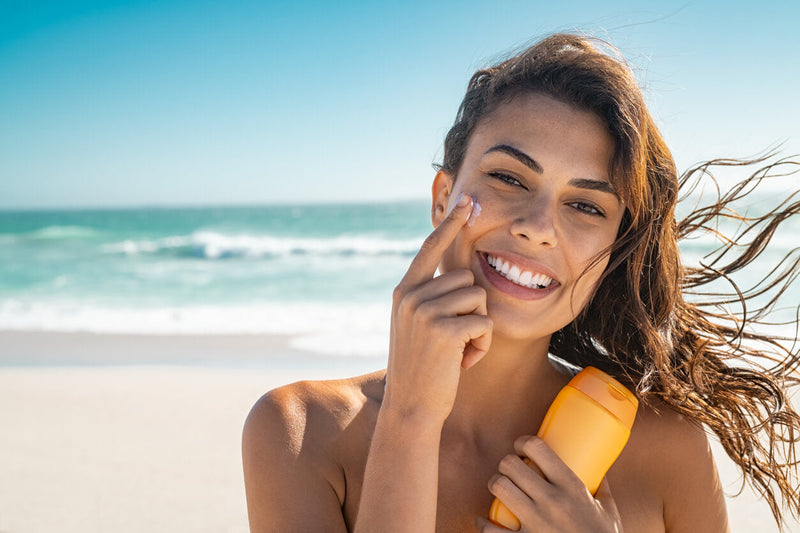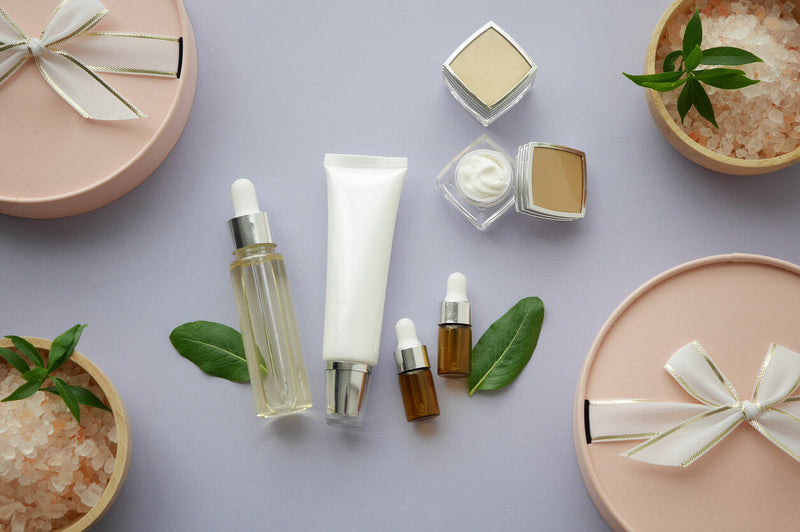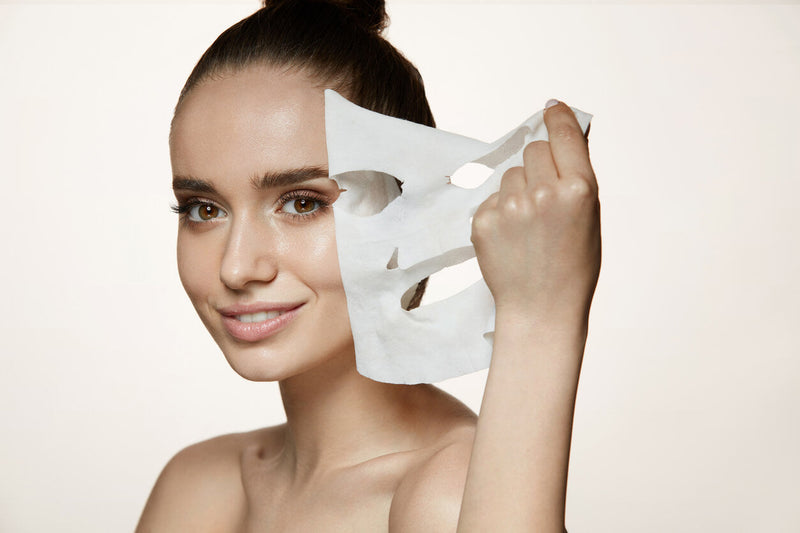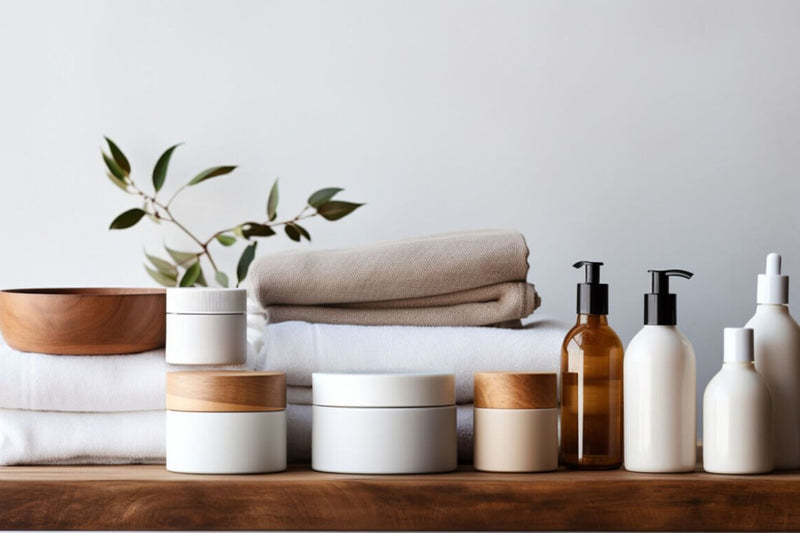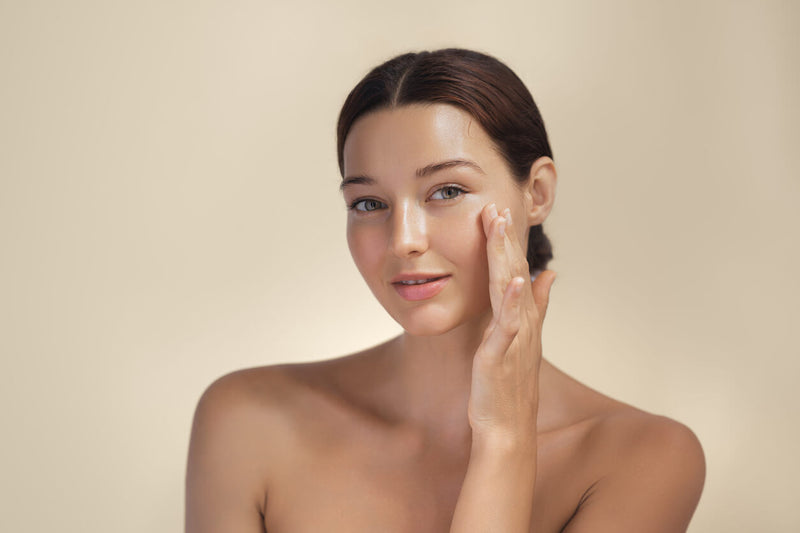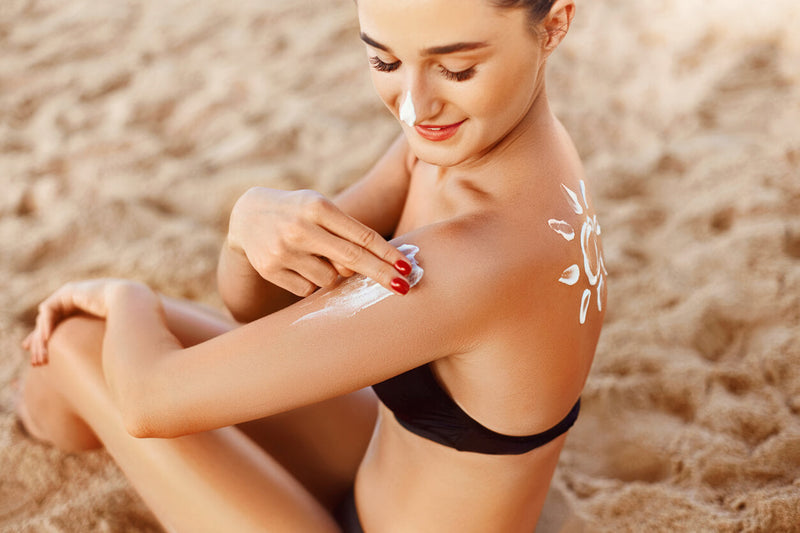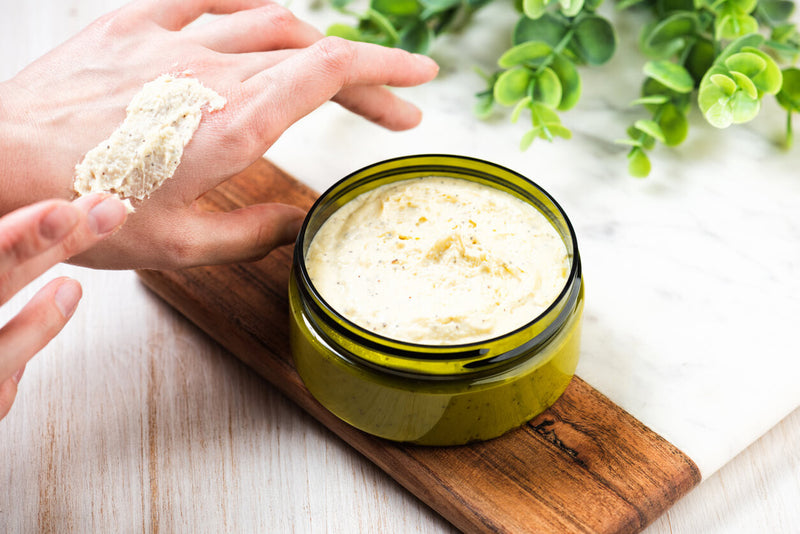

Are you looking to elevate your skincare routine? While quality topical products help, you might also want to consider homecare devices such as LED masks. These use light therapy with tiny bulbs that emit varying wavelengths of light to address various concerns such as acne, wrinkles, and inflammation.
The main concern over these masks, of course, is their efficacy. How do they work and impact your skin? Continue reading as we dive a little deeper into LED face masks, what they do, and how they can benefit the skin.
What is LED light therapy/an LED face mask?
NASA first used red light therapy to enhance plant growth in space and then to accelerate wound healing. It has been shown to penetrate the skin and help with tissue and collagen growth. LED light therapy’s uses have then evolved and now include aesthetic and anti-aging for different skin types and tones.
LED face masks are the most common devices that use LED light therapy to promote skin health. As previously mentioned, these masks use specific wavelengths of light to address various skin concerns including acne and signs of aging. Skincare experts recommend these masks to supplement a skincare routine.
What does LED light therapy do?
Also called photobiomodulation (PBM), LED light therapy uses low level light within the visible spectrum to stimulate cellular processes within the body. LED masks typically use red, blue, and near-infrared light, which are said to penetrate the skin at various depths and cause different reactions within the skin.
The most common types of light used in face masks or LED light therapy are red, near infrared (NIR), and blue light. Some evidence noted that at-home LED face masks offer skin health improvement, but experts agree that their efficacy needs to be studied more.
-
Red light therapy – is known for its anti-aging effects. Red light can penetrate the skin and help with collagen stimulation. This promotes a more youthful appearance by reducing the look of fine lines and wrinkles and improving skin tone.
-
Near-infrared light – has a longer wavelength and can penetrate deeper than other lights. It is said to improve cell turnover and help stimulate collagen and elastin production. NIR has been used to aid in wound healing and muscle recovery.
-
Blue light – commonly used to treat or improve acne. Blue light penetrates the skin to target and kill acne-causing bacteria. It has an anti-inflammatory effect that can improve breakouts and reduce the severity of future acne.
There are also other types of LED light such as yellow, green, purple, and white lights, which are also said to nourish the skin and provide benefits associated with healing and anti-aging. Red, NIR, and blue lights are the ones with more studies but also require more trials and research to fully understand their efficacy.
Do LED face masks work?
At-home low-level light therapy, according to some evidence, improves skin health and provides anti-aging benefits. Experts, however, agree that more studies are needed. Many skin and aesthetic doctors also recommend LED face masks as supplementary skincare treatment, but it is important to remember that they don’t offer the same results as of an in-office laser procedure.
A 2021 review paper noted that there is some clinical trial evidence that supports the use of low-energy red/near-infrared light for safe and effective skin rejuvenation. But then again, more high-quality studies are needed to determine and evaluate its efficacy.
A 2007 randomized controlled trial involved 76 participants (mostly women) with wrinkles to use an LED mask. The researchers used red, NIR, and sham light on the right side of the people’s faces for 20 minutes, twice a day in four weeks. Compared with the sham light, other forms of light improved the skin’s elasticity and reduced the look of wrinkles.
Also, a 2021 systematic review studied the effects of blue light on acne vulgaris. It found that consistent use of blue light may help improve acne symptoms. Evaluated studies have also shown noticeable improvements in the overall picture of acne. More detailed trials, however, are needed to study its effects in treating inflammatory acne.
Are at-home LED masks safe?
Since these masks use relatively low levels of energy, they are generally safe for most people. It is, however, better for those who have sensitive skin or are sensitive to light to avoid such devices. It is recommended to ask your doctor if these are right for your skin type and individual needs.
It is also important to use the device as directed and not expect instant results. While LED lights may offer faster results than skincare alone, the improvements on aging skin can be gradual and cumulative. You have to use it consistently as needed and continue to take better care of your skin.
What we offer
At Cutis and Dr. Sylvia Skin Care, we have the Spectrum Mask, which has 240 beams of LED lights in seven colors. It works well with in-clinic treatments and can target different skin care concerns, from inflammation to fine lines. It has a silicone mask design that contours seamlessly to your face, allowing a comfortable treatment.
Our Spectrum Mask features red light therapy, which is known for promoting collagen. This can help reduce the appearance of wrinkles, enlarged pores, and other signs of aging. It also has blue light for calming the skin, reducing inflammation/acne, and balancing oil production.
Other types of LED lights include:
-
Green light – helps even complexion and lighten hyperpigmentation.
-
Purple light – combines blue and red-light treatments to repair skin and reduce acne.
-
Yellow light – helps trigger cell renewal and reduce redness.
-
Cyan/bluish light – combines blue and green light treatments to calm the skin and soothe inflamed skin.
-
White light – helps speed up the growth and healing of skin cells and can be used to improve acne and fine lines.
Browse through our website or visit this link to get your Spectrum Mask in Singapore. If you, however, have skin concerns that are making you self-conscious, don’t hesitate to contact Cutis Medical Laser Clinics and book a consultation with one of our aesthetic doctors.









